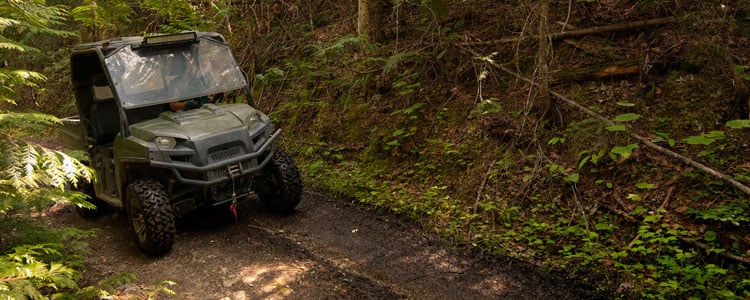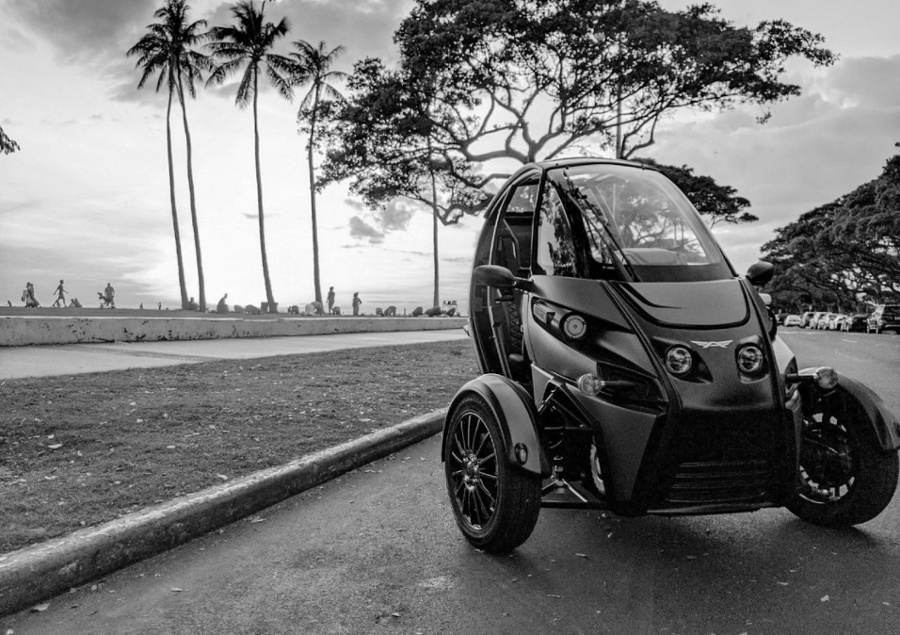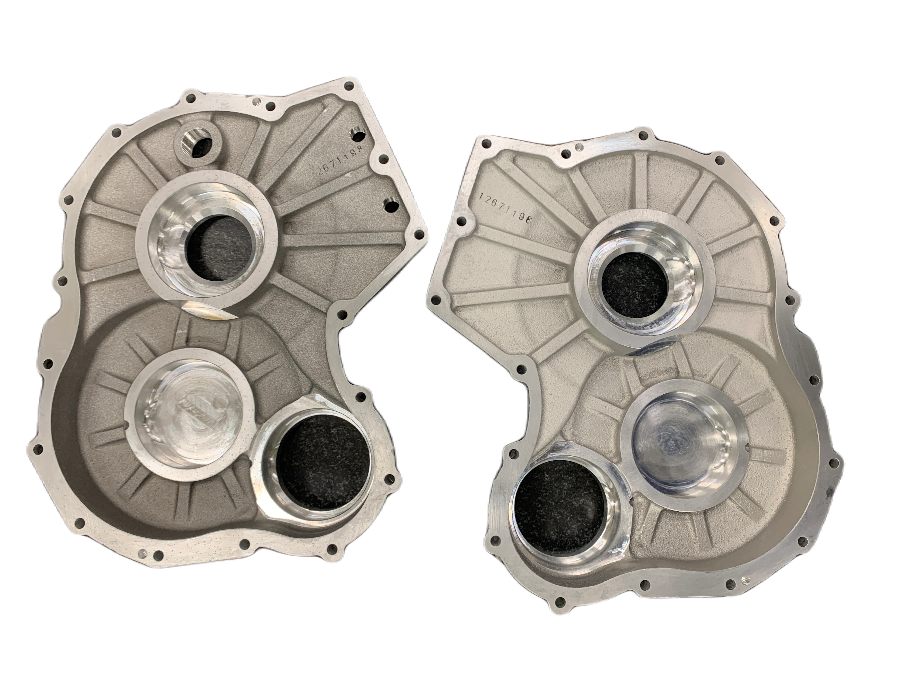920-726-4526
Every part that goes into a piece of recreational/consumer equipment has potential to affect its performance, and that’s why these manufacturers have peace of mind when working with Stecker.

RECREATIONAL/CONSUMER EQUIPMENT: ELECTRIC VEHICLE GEARBOX CASE AND COVER

Initially machined by the OEM in-house, the gearbox cases and cover of an electric vehicle were functionally sound but not designed for high-volume production due to tight tolerances. Stecker needed to increase quality by nailing complex pieces while quickly and cost-effectively taking this startup product to production.
The vehicle’s driver sits just above the drive train of this combustion engine. If the components don’t perfectly create a straight gear mesh, and the axial displacement allowed between components isn’t within tolerance, noise results.

All acceleration and deceleration of the vehicle depend on this gearbox, so a formal PPAP capabilities study was conducted. This resulted in the original drawings having to be adjusted, specifically tolerances, in order to properly cast and realistically manufacture the parts.
Adding to the challenge was meeting pressure tight requirements of the gearbox where sealing impregnation needs to take place. Also, the gearbox has to transfer torque from the electric motor and apply it to torque at the wheel as it supports reverse torque to brake the vehicle.
The gearbox cases and covers require all tolerances — both dimensional and positional — to be extremely tight. To meet requirements (and the short lead time) Stecker partnered with tooling vendors to design custom tooling. Stecker’s engineering and quality teams needed to design and build fixturing as well as develop robust processes in order to make this project a success.
.png)
Stecker leaned on its decades-long relationship with the foundry, producing quality parts that prove capable on key critical components of the print within the customer’s required timeframe.
Quality of the original gearbox case and cover was increased by making it easier to machine (new and better cast features), more repeatable to machine (new tabs for better work holding), and a better overall machining process (datum schemes represent actual tooling and pick-up points).
The timeframe was tight — 4 months — yet the teams worked together to produce 50 sets of the 3-component project. The OEM was able to increase quality and efficiency, realize cost savings, and fully ramp-up production.